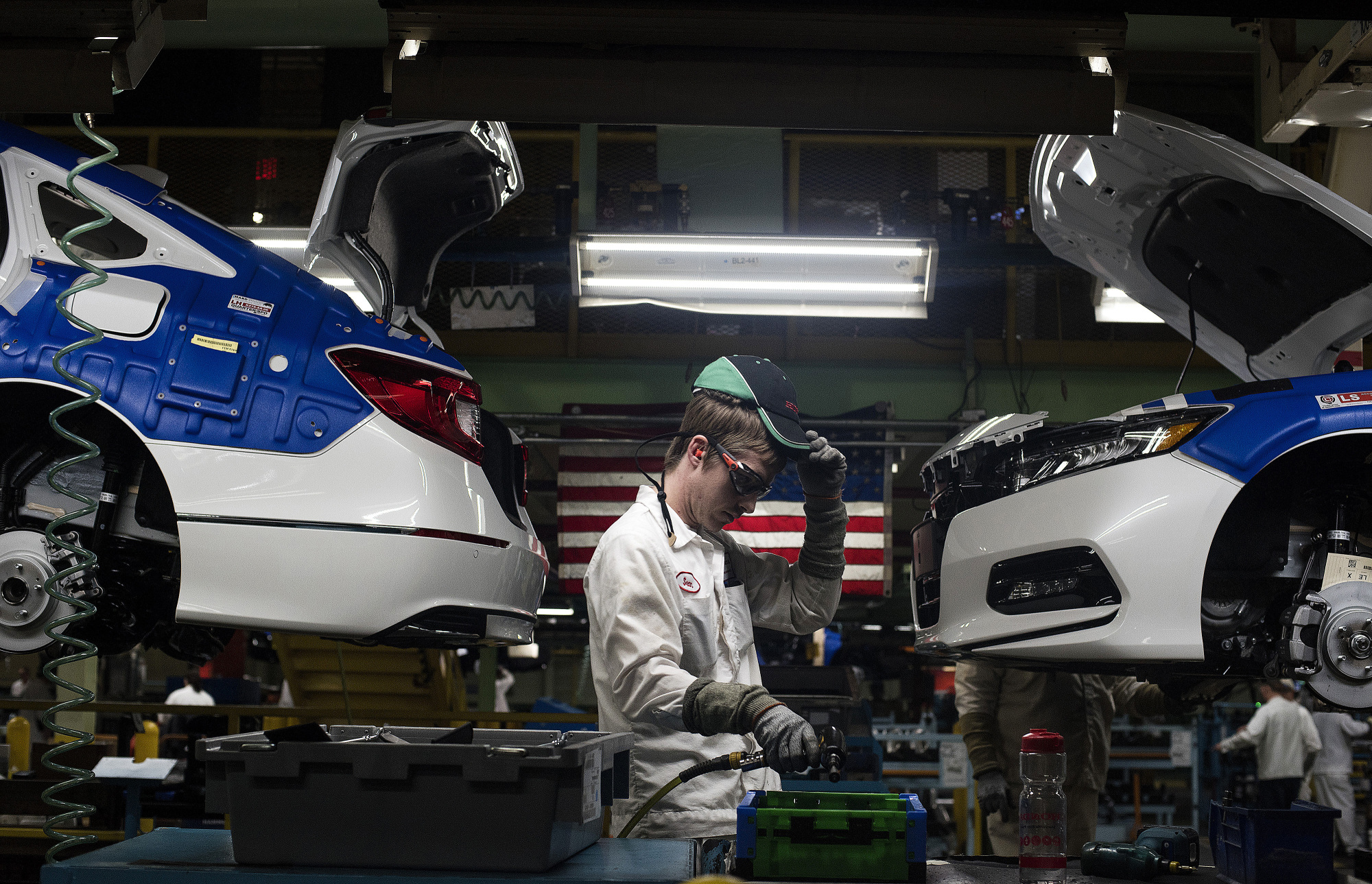The Trump administration's trade policy has taken a rapid turn toward hawkish protectionism. In addition to the steel and aluminum import tariffs that took effect last Friday, the administration has announced a plan to slap punitive tariffs on imports from China to the tune of $50 billion as sanctions for intellectual property violations and restrict Chinese firms' investments in the United States.
The U.S. government has explained to the World Trade Organization that the measure is aimed at defending against China's unfair trade practices, but Beijing said it is preparing retaliatory action. The risk is rising of the U.S. and China — the world's two largest economies — entering into a trade conflict.
During the 1980s and early 1990s, when Japan and the U.S. engaged in serious trade disputes, Japan accounted for roughly half of the U.S. trade deficit. Given that China is responsible for about half of the U.S. trade deficit today, the severity of the U.S.-China trade friction might make sense.


















With your current subscription plan you can comment on stories. However, before writing your first comment, please create a display name in the Profile section of your subscriber account page.